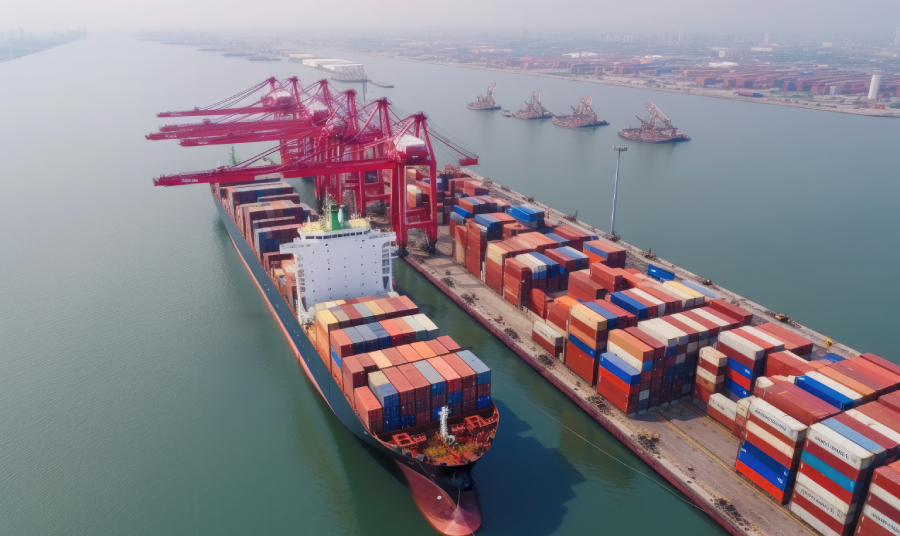International Payment Tips: Swift Code Vs Routing Number
Discover Zyla’s international payment tips on SWIFT code vs routing numbers to ensure that you can bank like a local worldwide quickly and easily.

In the process of building your brand, many business owners may overlook one crucial aspect of supplier relationship management – making fast and secure international payments.
Whether you’re sending money to manufacturers overseas, freight forwarders, or remote call center teams, understanding the various terms associated with borderless payments will help ensure that your transactions clear on time, which is a vital part of maintaining company cash flow.
In this article, we’ll outline the definition of various banking terms, including SWIFT code, routing number, IBAN, and more. Read on to brush up on your international payments knowledge to ensure that your international expansion project is a huge success.
What is a routing number?
Routing numbers are also referred to as ABA (American Bankers Association) routing numbers or RTNs (routing transit numbers). These are 9-digit bank codes assigned to Federal banks in the United States.
When paying into a US bank account, whether the payee is based overseas or within the US, an intermediary bank routing number and account number are required to send the money to the correct bank account.
What is a SWIFT code?
SWIFT is an acronym for Society for Worldwide Interbank Financial Telecommunication, and these codes are also known as BICs (Banking Identifier Codes).
A SWIFT code (or SWIFTBIC, as it’s sometimes known) is a code that acts as instructions between banks to identify which bank location to send money to. Each bank has its own SWIFT code. They are an essential part of receiving money from overseas.
For example, suppose your business needs to pay a supplier based overseas (for example, a wholesaler in China); you’ll need to know the payee’s SWIFT code to ensure the money is sent to the recipient bank.
In addition, if your supplier needs to refund you for any reason, or if you have overseas customers that need to pay you directly (for example, if they’re setting up a direct debit for a subscription service), they will also need your bank’s SWIFT code to complete the transaction.
What is an IBAN?
An IBAN is an International Bank Account Number. It’s the standard international numbering system developed to identify an overseas bank account.
It’s important to note that an IBAN doesn’t replace an actual bank account number. Both are required for international money transfers, as the IBAN will include an additional two-letter country code denoting the account’s country of origin, and banks in each country use different numbering systems. For example, US account numbers are typically a 9-digit code, whereas in France, account numbers are 23 digits.
Additionally, the US doesn’t use IBANs. European countries and some other nations around the world typically use these. Instead, American banks use an ABA routing number.
To recap and help make the key differences clearer, SWIFT codes identify banks, and IBANs identify individual bank accounts and their country of origin.
Therefore, if you’re setting up a business abroad for commercial transactions, you’ll need to ensure that you obtain your overseas partner’s IBAN and SWIFT code to make payments.
What is the difference between SWIFT code vs routing numbers?
In simple terms, the difference between SWIFT codes and routing numbers is that bank routing codes are required for paying American accounts. In contrast, SWIFT codes are necessary for overseas payments, whether a US business pays a Chinese supplier or a UK customer pays an American company.
For US businesses, this means non-US payees (such as overseas suppliers) will not have an intermediary bank routing number; they’ll use SWIFT and IBANs.
How to find routing numbers and SWIFT codes
You can easily find your SWIFT code and routing number by contacting your bank in person, via email, or by calling your local branch. Alternatively, you may be able to find the codes on your mobile banking app or on paper statements.
Once you have this number, you can share it with customers and business partners who want to send you SWIFT payments.
Make borderless payments easy with Zyla
Making international currency payments manually via your personal or business account can be a long and drawn-out process. In some cases, the SWIFT system can take up to five business days for cross-border payments to clear.
Setting up a free Zyla Account will help you speed up international money transfers and enable you to send and collect payments in a wide range of currencies, including CNH, EUR, GBP, and more. In most cases, we can complete the electronic transfer within one to four business days from the Designated Payment Date, giving you more opportunities to qualify for supplier early payment discounts.
Moreover, we give you 24/7 access to our payments platform, allowing you to bank like a local in multiple world currencies without having to go through the hassle of obtaining local bank account numbers in all the individual countries where your business operates.
Our foreign currency conversion rates are also more competitive than many mainstream banks, as we use up-to-date FX rates and pass the savings on to you.
Our friendly customer service team is on hand to help you with your cross-border payment queries. So, if you want to learn more, sign up for a free Zyla Account here or call us on (855) 797-3366.



